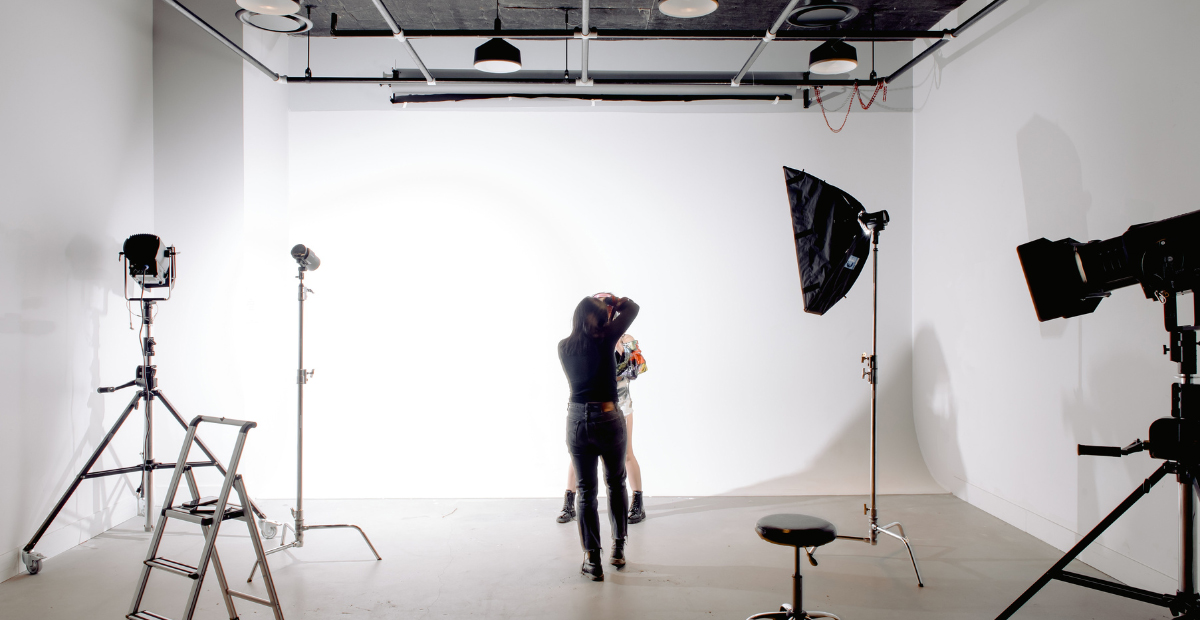No Looking Back: Backgrounds in Portrait Photography

Portrait photography is a powerful medium that captures the essence of subjects and tells their stories. While a subject is integral to portraits, the importance of the right portrait photography background should not be overlooked. It can make or break an image, providing context, depth, and mood.
The role of the portrait photography background
The role of the portrait background cannot be overstated. It’s not just a place where the subject exists; it’s part of the story that the photograph narrates. It helps to set the scene, provide context, and add depth to the image. A well-selected background complements the subject, highlighting their features and character, without distracting the viewer.
An intriguing background can elevate an ordinary image into a fascinating portrait. This aspect of portrait photography background management often draws a line between amateurs and professionals.
What is the best background for portrait photos?
Selecting an appropriate background depends on various factors. The nature of the portrait, the subject’s personality, the narrative, and even the mood you wish to convey all come into play.
A simple, uncluttered background puts the focus solely on the subject, making it ideal for corporate portraits or headshots. Contrarily, a vibrant, bustling background could be apt for an environmental portrait reflecting a subject’s lifestyle or profession.
Moreover, colour plays a critical role in choosing a portrait photography background. Warm colours indicate cheerfulness, while cooler tones suggest calm or seriousness. Always remember, the background should enhance, not overshadow the subject.
What makes a portrait stand out?
Effective manipulation of your portrait backdrop can transform your shots. Two common techniques are using a shallow field depth and strategically employing lighting.
Using a wide aperture creates a shallow depth of field, blurring the background while keeping the subject in sharp focus. This technique, known as bokeh, isolates the subject, drawing the viewer’s attention directly to them.
On the other hand, lighting can dramatically alter the mood of a portrait. Backlighting can create a halo effect around the subject, separate them from the background, or generate a silhouette effect. Experiment with different lighting situations to discover what works best for your portrait.
How do I make my portrait photography stand out?
Mastering the art of selecting the right portrait background requires practice and an eye for detail. Consider the elements that will complement your subject and help communicate their story. Experiment with different types of backgrounds, from the simple to the more complex, and observe how they influence your portrait’s overall aesthetic.
The background is not simply an afterthought, but a crucial component that adds depth, context, and atmosphere to the image. It’s the canvas on which your subject is presented. By understanding and effectively using the portrait photography background, you can elevate your images from ordinary to extraordinary, crafting compelling stories through your lens.
Need extra tips on portrait photography backgrounds and more?
To deepen your understanding, gain useful advice, and access a wealth of resourceful materials, don’t forget to hit subscribe on our YouTube channel and keep tabs on our blog. If you find yourself with questions, remember that Arwyn, the Time Lord, is at your disposal to offer expert guidance.
